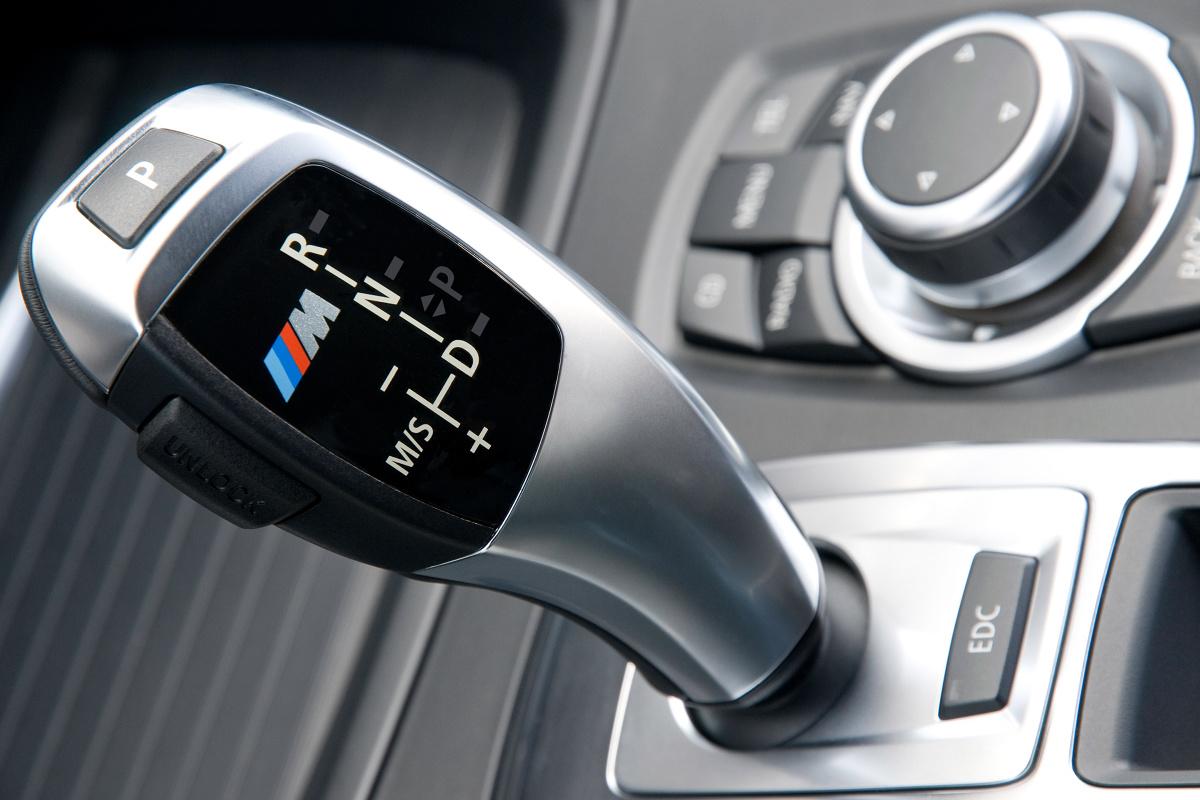
Used car with vending machine. What to check, what to remember, what to pay attention to?
 Buying a used car is not easy. The situation becomes more complicated when you have a used car with a gun in mind. In this case, there are even more potential pitfalls, and possible repair costs can amount to thousands of zlotys.
Buying a used car is not easy. The situation becomes more complicated when you have a used car with a gun in mind. In this case, there are even more potential pitfalls, and possible repair costs can amount to thousands of zlotys.
The market share of vehicles equipped with automatic transmission has been growing for more than a decade. In 2015, 25% of cars sold in Europe had this type of transmission, i.e. every fourth car leaving the showroom. By comparison, 14 years ago, only 13% of shoppers chose a vending machine. What is it from? First, automatic transmissions are faster than models from a few years ago and often have lower fuel consumption compared to manual transmissions. But to be honest, more and more often manufacturers do not give the buyer a choice and certain engines in this model are combined only with automatic transmission.
As the share of vending machines in total sales increases, vehicles equipped with this type of transmission are increasingly found in the used car market. Their purchase is considered by people who have never used vending machines, and this is where our guide is located.
See also: auto loan. How much depends on your own contribution?
There are four main types of transmissions: classic hydraulic, dual clutch (eg DSG, PDK, DKG), continuously variable (eg CVT, Multitronic, Multidrive-S) and automated (eg Selespeed, Easytronic). While chests vary in how they work, we need to be just as vigilant when buying a car equipped with them.
Automatic transmission - upon purchase
 The basis is a test drive. If possible, it is worth checking the operation of the box both during unhurried city driving and on a dynamically passable section of the highway. In any case, gear changes should be smooth, without slipping. With the accelerator pedal depressed in positions D and R, the car should roll slowly but surely. Changes in the position of the selector should not be accompanied by knocks and jerks. Be sure to check the reaction to the kickdown, i.e. pressing the gas all the way. Disengagement should be quick, without disturbing noises and without an effect similar to clutch slippage in a car with a manual transmission. When braking, for example, when approaching an intersection, the machine should smoothly and silently downshift.
The basis is a test drive. If possible, it is worth checking the operation of the box both during unhurried city driving and on a dynamically passable section of the highway. In any case, gear changes should be smooth, without slipping. With the accelerator pedal depressed in positions D and R, the car should roll slowly but surely. Changes in the position of the selector should not be accompanied by knocks and jerks. Be sure to check the reaction to the kickdown, i.e. pressing the gas all the way. Disengagement should be quick, without disturbing noises and without an effect similar to clutch slippage in a car with a manual transmission. When braking, for example, when approaching an intersection, the machine should smoothly and silently downshift.
Let's see if there are vibrations. Vibration during acceleration is a sign of a worn converter. When accelerating in higher gears, the tachometer needle should move smoothly up the scale. Any sudden and unnecessary jumps in engine speed portend failure. Let's check if the gearbox control light on the dashboard is on and if there are any messages on the computer display, for example, about working in emergency mode. When inspecting a car on a lift, it is important to check for visible mechanical damage to the box body and oil leaks. Some boxes have the ability to check the condition of the oil. Then there is an additional mount under the hood. By marking, check both the condition and the smell of the oil (if there is no smell of burning). Let's try to determine when the oil in the box was changed. True, many manufacturers do not provide for replacement at all, but experts agree - every 60-80 thousand. km is worth doing.
 Let's be careful with CVTs and automated transmissions. In the first case, possible repairs may be more expensive than in the case of a classic transmission. In addition, not everyone will like CVT gearboxes. Combined with some relatively weak and less quiet engines, the car's engine whines at top speed during hard acceleration, which impairs driving comfort and can cause irritation.
Let's be careful with CVTs and automated transmissions. In the first case, possible repairs may be more expensive than in the case of a classic transmission. In addition, not everyone will like CVT gearboxes. Combined with some relatively weak and less quiet engines, the car's engine whines at top speed during hard acceleration, which impairs driving comfort and can cause irritation.
Automated transmissions, on the other hand, are classical mechanical transmissions with additional automatic clutch and gearshift control. How does it work in practice? Unfortunately, in most cases it is very slow. Any average driver with a classic manual transmission will shift faster and smoother. Pseudo-automatic machines, and this is exactly what they have to be called, work sluggishly, often unable to adjust the transmission to the situation on the road and the will of the driver. Automatic control complicates the design in relation to the manual transmission, making it maintainable.
Regardless of what type of automatic transmission is installed in the used car we are interested in, it is worth taking someone who has been driving an automatic for a long time. If you are in doubt about the condition of the transmission, have the vehicle inspected by a specialist workshop to assess its condition.
See also: Seat Ibiza 1.0 TSI in our test
Automatic transmission - malfunction
 Each automatic transmission will sooner or later require repair. It is difficult to estimate the average mileage to be overhauled - a lot depends on the operating conditions (city, highway) and user habits. It can be assumed that the classic hydraulic boxes installed on not too heavy cars of the 80s and 90s were the most durable, although they slightly worsened performance and increased fuel consumption, but if used correctly, they were extremely durable.
Each automatic transmission will sooner or later require repair. It is difficult to estimate the average mileage to be overhauled - a lot depends on the operating conditions (city, highway) and user habits. It can be assumed that the classic hydraulic boxes installed on not too heavy cars of the 80s and 90s were the most durable, although they slightly worsened performance and increased fuel consumption, but if used correctly, they were extremely durable.
In addition, the engines and transmission connected to the automatic transmission wore out less - there were no sudden changes in load and the possibility of jerks when shifting gears was excluded, which was possible with a manual gearbox. In modern cars, this relationship is somewhat shaken - cars have the ability to change modes to more “aggressive”, in some it is possible to force the launch control procedure, which, with a greater complication of the gearbox itself, means that sometimes this mechanism requires repair after a run of less than 200 thousand km .
Automatic transmissions are more expensive to repair than their mechanical counterparts. This is due, in particular, to the greater complexity of the design. The average cost of repairing a car is usually 3-6 thousand. zl. In the event of a breakdown, it is important to find a trusted and reliable workshop that will take care of the repair at no cost. It's worth reading reviews online. It may be better to send the box by courier to a service point even a few hundred miles from where we live than to look for visible savings in the area. Since it is not possible to verify the correctness of the repair before installing the gearbox on the car, we must require a guarantee (reliable services usually offer 6 months) and a document confirming the repair - useful when reselling the box. car.

